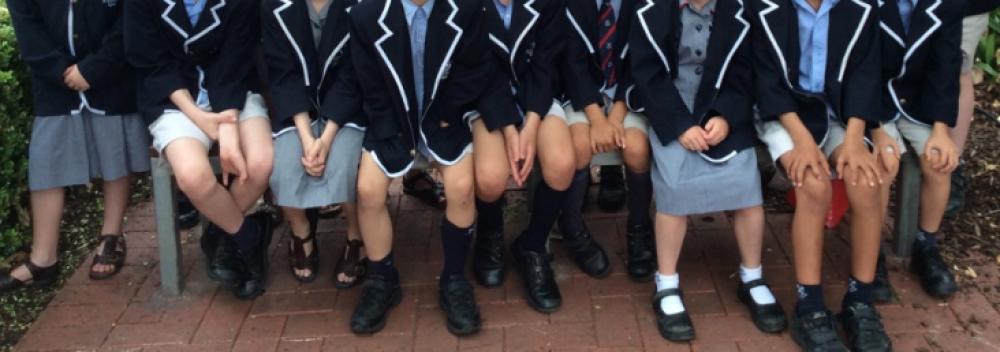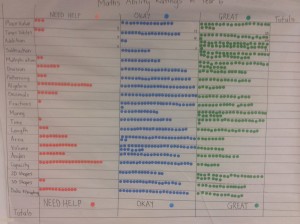MLATS: Mathematics Learning & Teaching for Success
Saturday the 9th of August 8:30am-3:30pm
Presenter: Sarah Ratcliffe
The Rationale for MLATS
The teaching of mathematics is a complex business, and in the busyness of school life, teachers often do not have time to reflect on the teaching and learning cycle, on what is working well and on what could be improved. Additionally, many teachers have expressed a lack of confidence in their own mathematical knowledge, which in turn impacts on their teaching of mathematics.
The interplay between school mathematics and the development of numeracy is complex. MLATS core course offers a broad introduction to the teaching and learning of mathematics and numeracy, and seeks to help participating teachers identify the mathematical knowledge that students should be learning, and makes explicit the teacher’s role in supporting all students to be successful.
Our broad range of other workshops and short courses are designed to meet the needs and interests of teachers.
For information about MLATS and courses available please see the link attached. http://mlats.com.au/
We need to report to the achievement standards in ACARA and be mindful of IB curriculum too.
Sort and classify activities (newspapers, houses, categorise and sort houses by number/ patterns, relationships)
When/ How do we give our students the opportunity to:
- Identify and describe attributes
- Identify and describe relationships
- Think logically to classify and order
- Handle data
Thought: Being confused means that you are learning.
Being Successful means:
50% confidence
25% attitude
25% IQ
(I shared this with my students and they were so surprised and relieved!) This was one of my highlights.
I don’t need the answer I want the process.
Students need to construct meaning for themselves.
Students need the factual and procedural knowledge but they also need to know when to apply these in everyday problem solving tasks.
EMU: Extending Mathematical Understanding Intervention program. Something worth looking into at St Andrew’s School. http://www.ais.sa.edu.au/__files/f/133092/Extending
I am concerned with students whom I have worked with who have difficulty with number concepts and Sarah (Course leader) suggested that they might have dyscalculia. I had not heard of this term so did some brief research about it. Here is what I found.
What is dyscalculia?
http://en.wikipedia.org/wiki/Dyscalculia
http://www.ncld.org/types-learning-disabilities/dyscalculia/what-is-dyscalculia
http://www.dyscalculia.org/math-ld-books
Formative assessment: A discussion about how we assess mathematics formally came up in this session. We have one summative Maths assessment per term and base some of our results on testing and general maths tasks in bookwork, on iPads and through observations. I liked the idea of introducing Maths Journals, which is something we can do quite easily using the iPad in the 1:1 program currently running in Year 6.
Ideas for the Journal:
Prompt reflections in Mathematics. (Links to IB: Reflective & Thinkers).
I challenged myself by…
Next, I want to…
I worked…. Because…
Next time I will
An activity I thought would be great for our buddy class visits:
Write a procedure on how to draw a graph. If you had to explain how to draw a graph to Year 1 students what would you tell them?
Mathematics Inquiry Cycle:
Provocation and reflect
Investigation and reflect
Share ideas and reflect
Test, draw conclusions and reflect.
MLATS rules for working:
- Choose to work alone, in a group or with a partner but everyone must do their own recording
- You can choose to use concrete materials or work without them
- You must seek to understand what you are doing
- If you need help, follow the procedures to get it.
What do we mean by numeracy and mathematics?
Numeracy is the practical use of mathematics in context.
Developing Number Sense:
Counting
Estimation
Subitising (the ability to know how many are in a collection without counting)
Place Value
Part-Whole Relationships
Four Operations
How can we develop estimation skills?
Handful Grab Game. Estimate and counting games. Refer to MLATS booklet.
Mental Computation: Do this every so often but make sure to go through the processes afterwards. This is important for developing quick thinking strategies as well as going over different strategies each student has used and trying them in the next mental computation quiz.
I found this image about Adult usage quite interesting but not shocking. We as adults use calculators, estimation and mental computation strategies before written strategies. Yet we are getting our students to record and write their Mathematical thinking in their books all of the time. We need to create a balance here and make sure that we are giving students the opportunity to estimate, use calculators and solve mental problems.
My goals after this workshop:
I always like to set myself a few goals after a workshop and at least attempt one or two of them within that week.
1. Year level Maths Survey and Data Collection task. How are our students feeling about Mathematics? How do they prefer to learn? Ability Ranking data.
2. Maths Journals/ Reflections after the lesson. This won’t simply be a separate book but at the end of the lesson allow for reflection in their maths book or on their iPad.
3. Mental warm up strategies as per my PLP Goal (See Heather for demonstration lesson asap). Go through the mental guides in the MLATS booklet.
Resources:
The Van de Walle Professional Mathematics Series.
Two of Everything. (JP Book)
Open Ended Maths Activities: Using good questions to enhance learning in Mathematics. 2nd Edition. Peter Sullivan and Pat Liburn.
Ontario
About Teaching Mathematics: Marilyn Burns
Origo: Thinking Caps
Maths Solutions: http://mathsolutions.com/about-us/marilyn-burns/
All Hands on Deck
Number Pieces Basic app.

![photo[2]](https://jadevidovich.edublogs.org/files/2014/08/photo2-2js3l8x-e1407742152359-300x225.jpg)
![photo[1]](https://jadevidovich.edublogs.org/files/2014/08/photo1-1ihewfa-300x224.jpg)
![photo[3]](https://jadevidovich.edublogs.org/files/2014/08/photo3-14et9z1-300x224.jpg)



 http://www.eqa.edu.au/site/powertotheprofession.html
http://www.eqa.edu.au/site/powertotheprofession.html